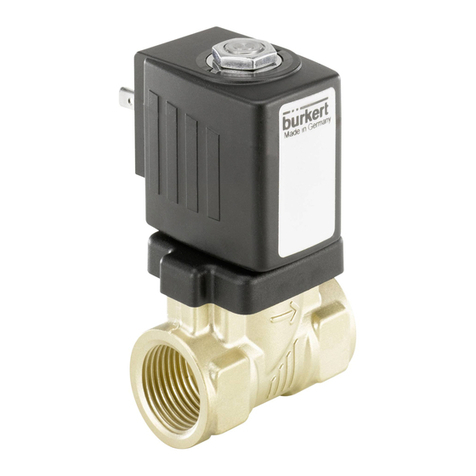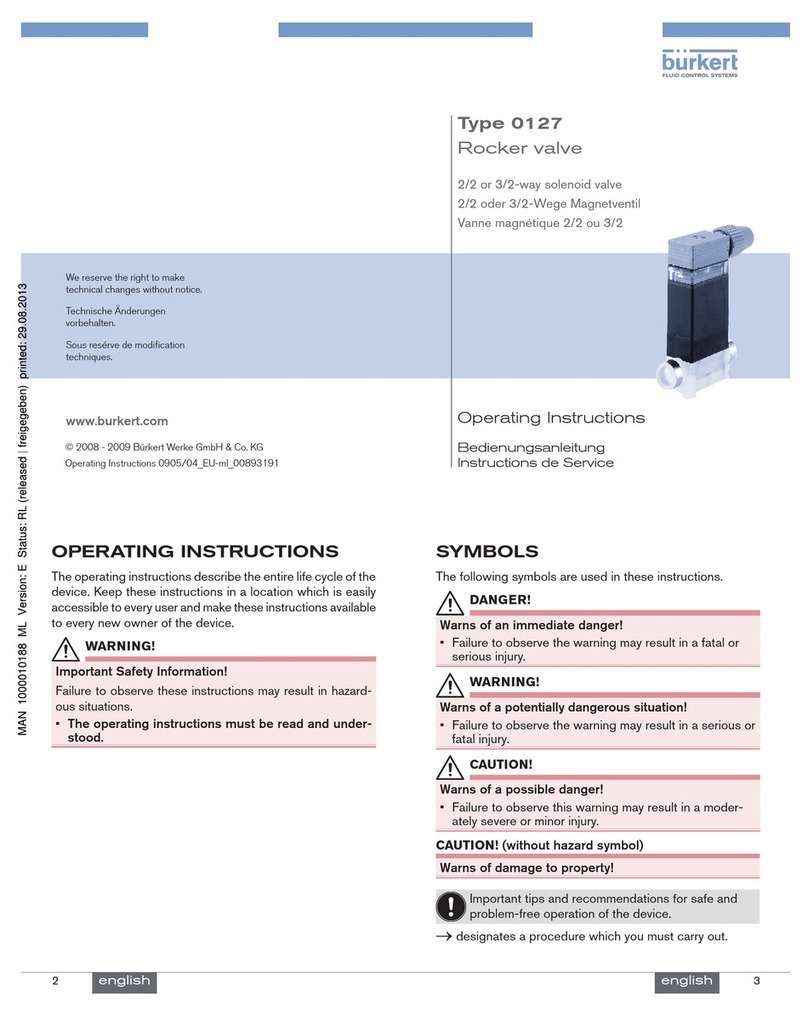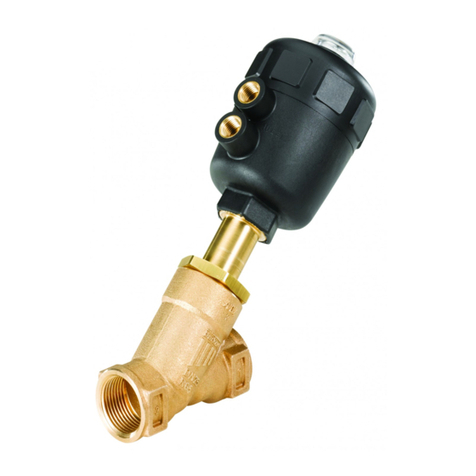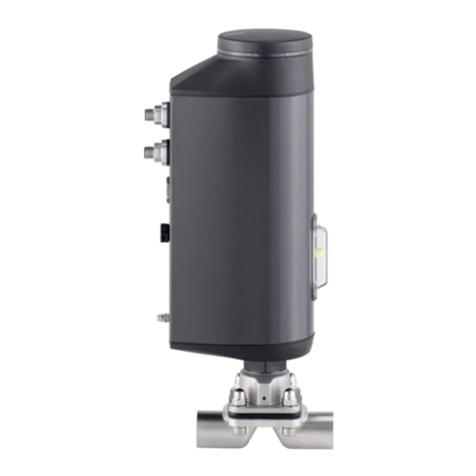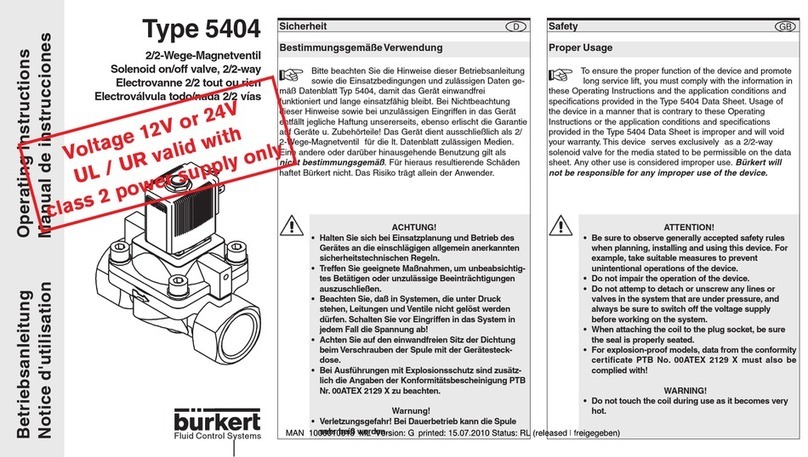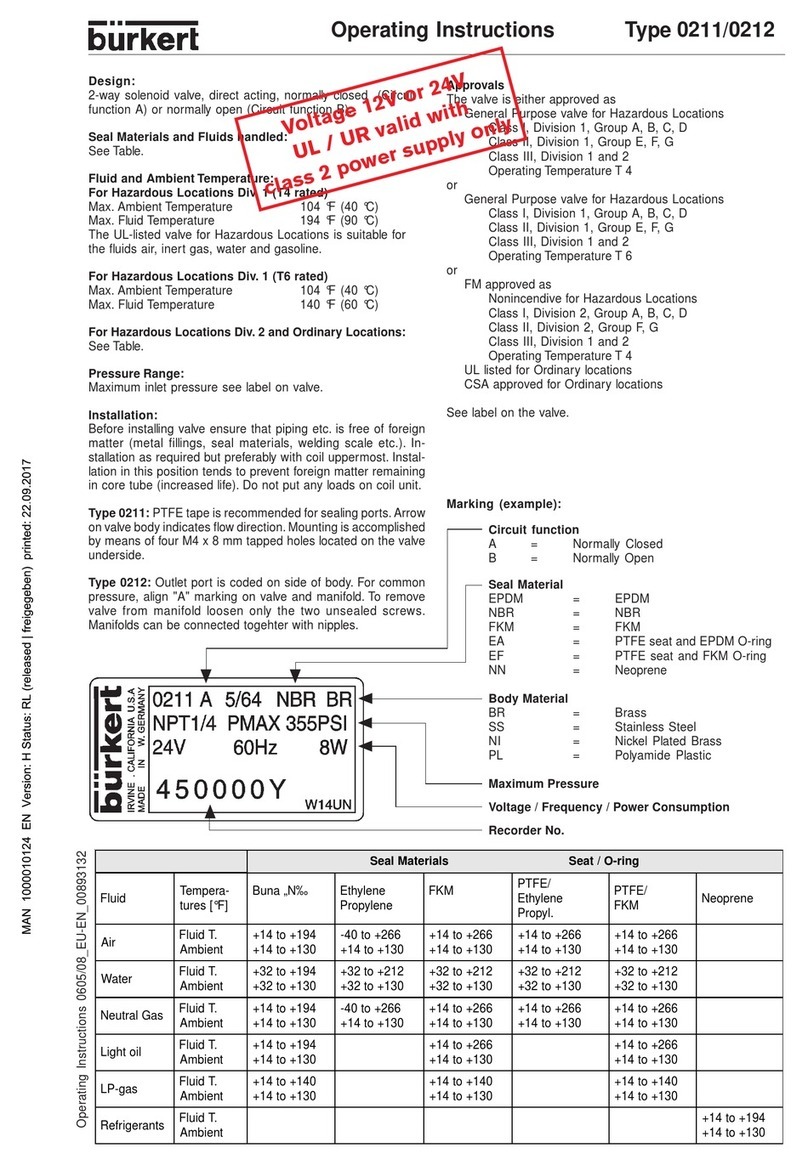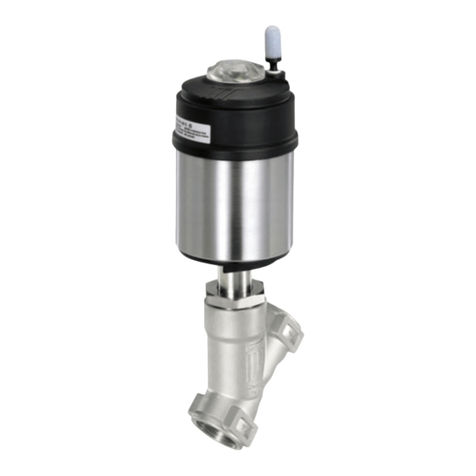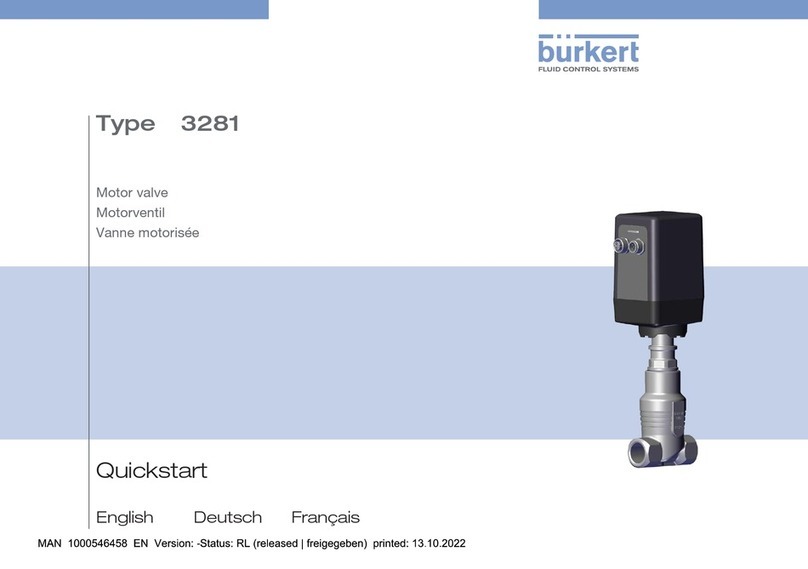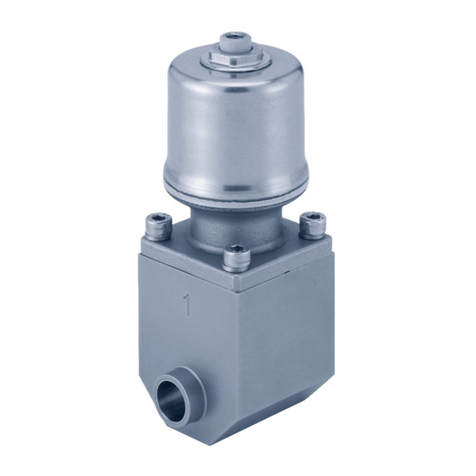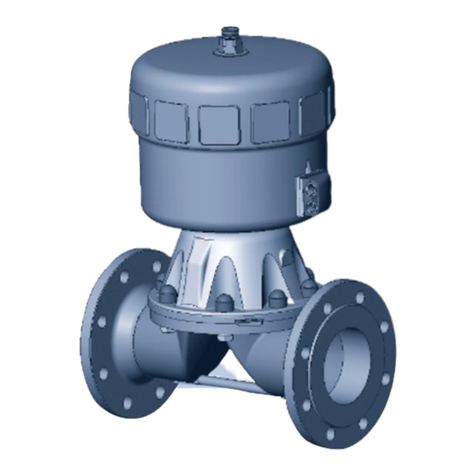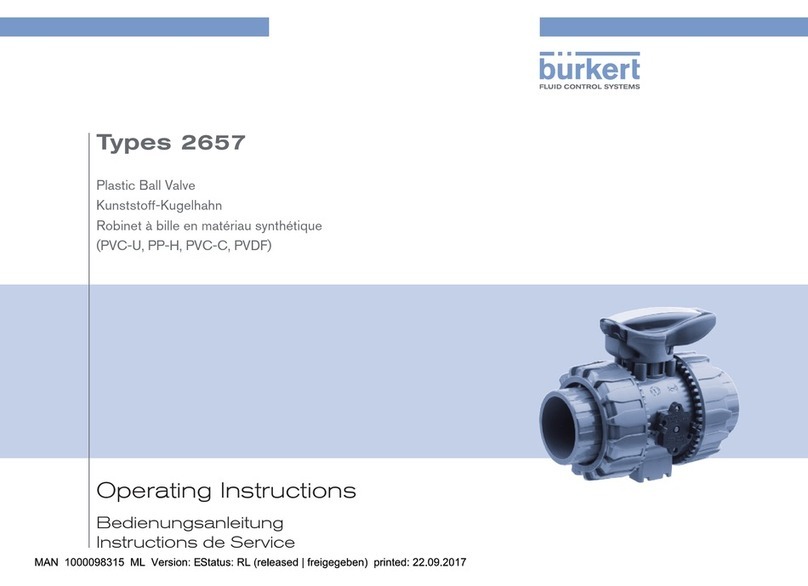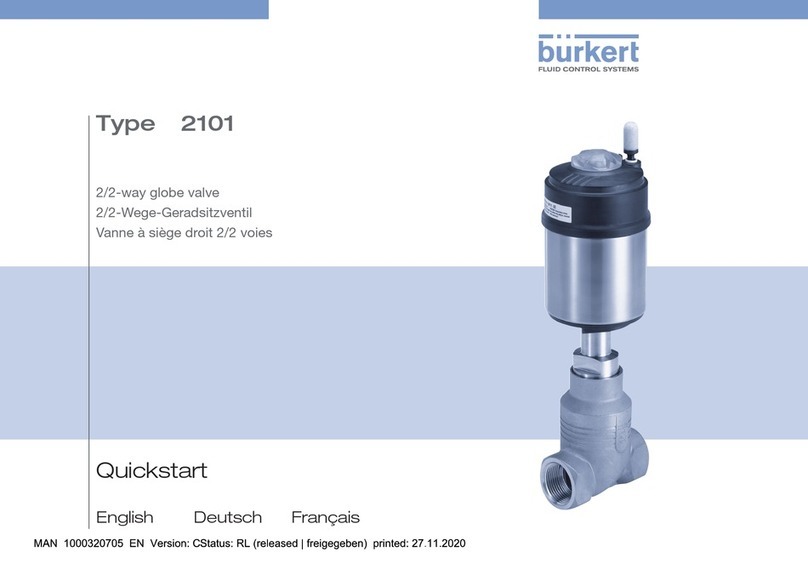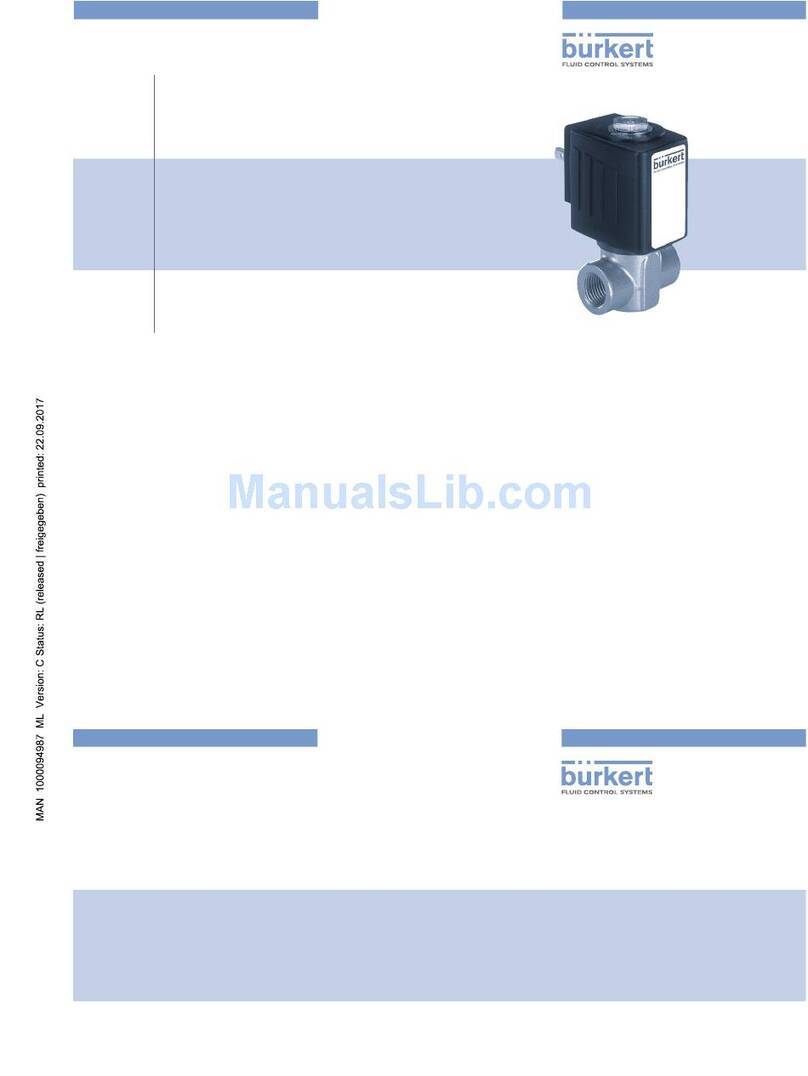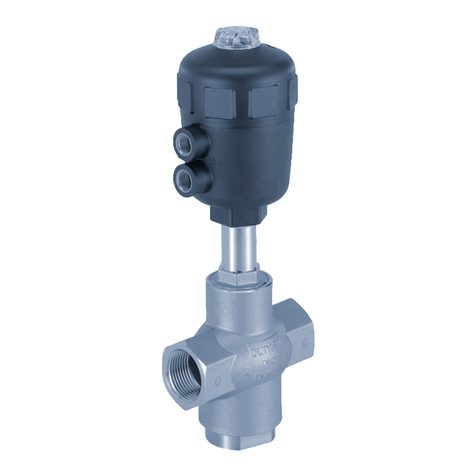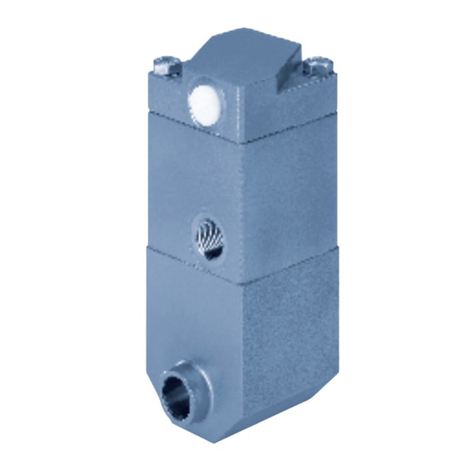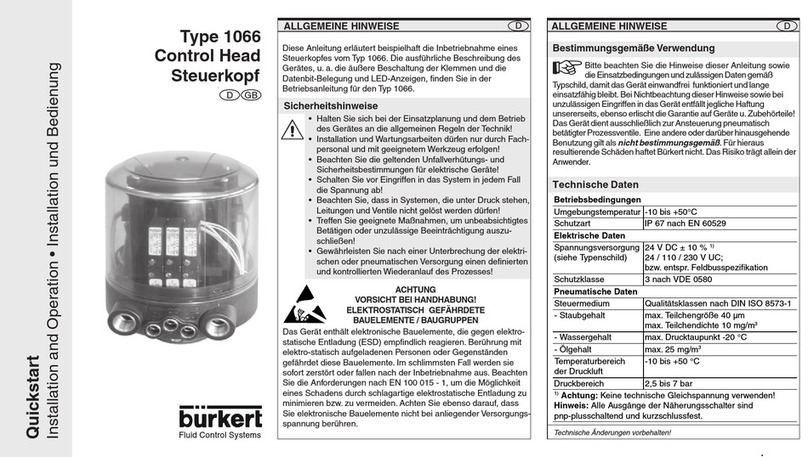
3
1 OPERATING INSTRUCTIONS ................................................................4
1.1 Symbols .......................................................................................4
1.2 Definition of term / abbreviation .............................................4
2 AUTHORIZED USE ......................................................................................5
2.1 Restrictions .................................................................................5
3 BASIC SAFETY INSTRUCTIONS ..........................................................5
4 GENERAL INFORMATION ........................................................................6
4.1 Contact address ........................................................................6
4.2 Warranty ...................................................................................... 6
4.3 Information on the Internet ......................................................6
5 PRODUCT DESCRIPTION ........................................................................7
5.1 General description ..................................................................7
5.2 Versions ....................................................................................... 7
5.3 Properties ....................................................................................7
5.4 Designated application area ...................................................8
6 STRUCTURE AND FUNCTION...............................................................8
6.1 Structure ......................................................................................8
6.2 Function .......................................................................................9
7 TECHNICAL DATA .....................................................................................11
7.1 Conformity .................................................................................11
7.2 Standards ..................................................................................11
7.3 Type label ..................................................................................11
7.4 Operating conditions ..............................................................12
7.5 General technical data ...........................................................16
8 INSTALLATION ............................................................................................17
8.1 Safety instructions ...................................................................17
8.2 Before installation ....................................................................18
8.3 Installation .................................................................................19
8.4 Pneumatic connection ............................................................21
8.5 Start-up ......................................................................................22
8.6 Removal .....................................................................................23
9 ELECTRICAL CONTROL UNIT ............................................................ 23
10 MAINTENANCE, CLEANING ................................................................24
10.1 Safety instructions ...................................................................24
10.2 Maintenance work ...................................................................24
10.3 Replacing the wearing parts .................................................25
11 MALFUNCTIONS ........................................................................................33
12 REPLACEMENT PARTS ..........................................................................34
12.1 Replacement part sets ...........................................................34
12.2 Installation tools .......................................................................35
13 PACKAGING, TRANSPORT, STORAGE .......................................... 36
Table of contents
english
Type 2101
